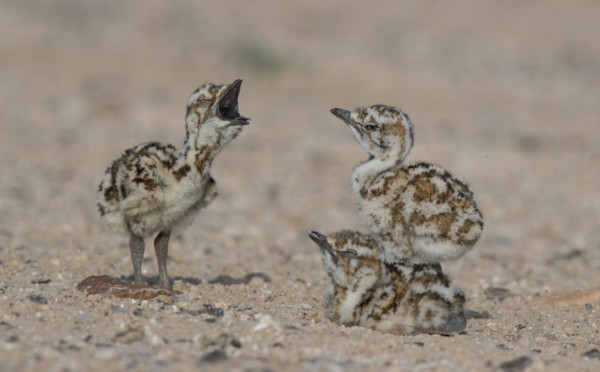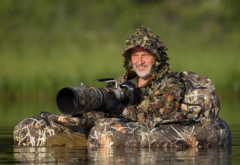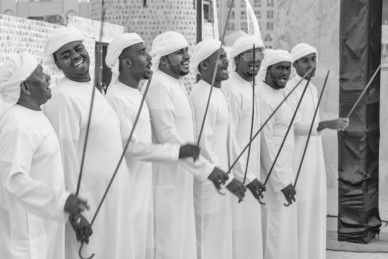
Dubai
The camera is just a device, or a tool. But what if it could be used to change minds and improve the world?
Conservation photography is a discipline that’s on the rise, as photographers use their images to make people aware of, and respond to, environmental issues. While pictures of glaciers and forests capture the beauty of our planet, for instance, showing the dry land left behind as those glaciers melt, and birds fleeing forest fires, adds an evocative dimension to the image.
The world needs such photographers now, more than ever. According to the World Wildlife Fund, we are facing the biggest environmental challenge our generation has ever seen. Over the past 150 years, we have changed the balance of our planet by living beyond our means.
Nasa has found that the Earth’s average surface temperature has risen about 1.1 degrees Celsius since the late 19th century, with most of the warming occurring in the past 35 years. Global sea levels rose about 20cm in the last century. The rate in the last two decades, however, is nearly double that of the last century.
Photographer and conservationist Cristina Goettsch Mittermeie writes on naturescapes.net: “Anyone with means and assets can purchase equipment, travel to interesting regions and learn the secrets of wildlife behaviour; what cannot be purchased is the empathy and sense of urgency necessary to create awe-inspiring images that move people to take the necessary actions that ensure that the wild world persists. Photographic talent, when combined with environmental concern and scientific understanding, make a fine recipe for conservation photography.”
We asked Gulf News’ twitter followers to pick their favourite reader photograph of the month. They retweeted the picture they liked best. The pictures were ranked based on the highest number of retweets. Here, we present the winners.
Editor’s note: Do you want to participate in our monthly Reader Picture Competition? Send us your best photographs, with captions, at readers@gulfnews.com.
FIRST PLACE
Kumble Mahendra Nayak is based in Dubai.
He travelled to one of Africa’s jewels – the Masai Mara National Reserve in Kenya, and took this photograph of a lion.
He said: “This trip revealed to me not only the natural history of wildlife in Africa, but also the challenges that one encounters when capturing the various nuances of the wild, its uniqueness and its beauty.”
Nayak’s picture received 28 retweets and 20 likes on twitter, landing him in first place.
SECOND PLACE
Mark Williams works for a radio telemetry company and is based in Dubai. He uses the instagram handle @falcnr.
Houbaras have been considered prized quarry for Arabian falconers for over 1,000 years. However, poaching, unregulated hunting and urbanisation have caused their numbers to take a toll.
Williams wanted to shine a light on how the UAE’s conservation efforts are bringing their numbers up. He said: “During any time off or time spent in the desert in the course of my work, I always keep an eye out for photo opportunities. I happened to spot these houbara bustards in the desert and made a slow, careful approach, just as I would with any wildlife, not wishing to disturb or interfere with their natural behaviour, and I managed to capture some candid moments between a new attentive mother and her young.”
His picture received 16 retweets and 29 likes on twitter.
THIRD PLACE
Aisha Mohammad Sultan is based in Sharjah.
She took this photograph at the Sharjah Heritage Days festival, which provides insight into customs and traditions that were practiced in the UAE and the rest of the region a long time ago.
Her photograph depicts the traditional Emirati ‘ayala’ folk dance, which is accompanied by drumming and performed by two rows of dancers facing one another.
Her picture garnered 15 retweets and 25 likes on twitter.















